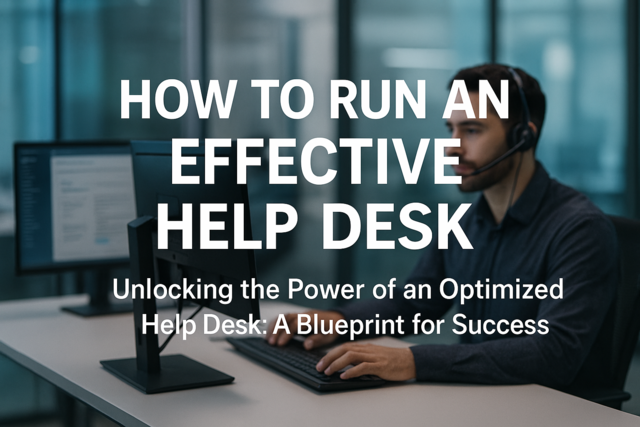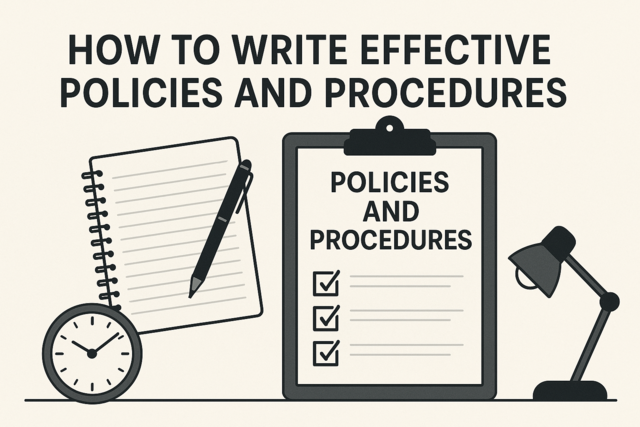Most people get a knot in the pit of their stomach when they hear "hold, please," or are transferred during a telephone call, and with good reason. Many people do not know how to handle these situations properly. This article will review the proper etiquette for transfers and holds so that your customers remain on the line and are happy with your handling of the situation.
You will have to transfer callers or put them on hold from time to time; it is inevitable that you will face a high call volume or need to have someone else handle a particular customer. It is important that your customers do not feel punished or handed off because they are a nuisance. The best possible outcome is making the customer believe the transfer or hold is in their best interest. How do you achieve this?
Nothing is worse during a phone call than suddenly finding yourself talking to an empty line or being cut off mid-sentence, but many of us have had this happen. Someone transfers us to a different person without warning, knowing the other person is better suited to help us. But if a customer service representative does not communicate this, we may feel slighted or even think we have been cut off and simply hang up. Do not lose a customer this way!
There are a few essential elements of call transfer you should never skip:
1. Inform the customer. Let callers know you plan to transfer them, and give them the option to refuse. Your customer's time is valuable. If he or she believes being transferred and retelling the reason for the call is too time-consuming, the customer may opt to leave a message or call back when less pressed for time. The customer could be at a pay phone, calling from work, or on a cell phone. Whatever the reason, a transfer should be made only with the caller's permission. Here's an example:
"Mrs. Ryan, I would like to transfer you to our accounting department. Is that okay with you? I believe that department will be able to get the information you need."
2. Give the caller the transfer information. Despite your best efforts, the call may be dropped during a transfer. It is extremely frustrating when a customer has to call back but does not know whom to contact. This wastes the customer's time. To avoid this, make sure you tell the customer whom you are transferring them to, along with that person's direct phone number. If the call is dropped, the caller can easily reach the correct person directly.
"You'll be speaking to Jessica Turner in accounting. If the call doesn't go through, you can reach her directly at 800-123-9876."
"I'm going to transfer you to Blake Carr in marketing. His direct number is 800-987-5432."
3. Let the customer know what to expect. Some telephone systems have quirks that can confuse a caller. Make sure your callers know what to expect when transferred. Are there a few seconds of dead air? Will they hear a click that may make them think they have been disconnected? Tell callers so they will not hang up!
"When I transfer you, there may be a moment without sound. Don't worry, this is normal and someone will pick up right after that."
"After I transfer you, there will be a short series of beeps. Please don't worry; this is just the line switching. Blake will be with you directly."
4. Always thank the customer! Let your callers know you appreciate their patience and the opportunity to transfer them to the appropriate person.
"Thank you for your patience, Mr. Knox. I'm sure Jessica will be able to get you the information you need."
"Thank you for letting me put you through to Susan. I'm sure she can resolve this situation to your satisfaction."
5. Introduce the caller. If your phone system allows you to stay on the line during a transfer, make a formal introduction. You should tell the person you have called who the customer is and a brief summary of the situation. This will make both parties more comfortable and save time.
"Jessica? I have Mrs. Reilly on the line. She's calling in regard to a discrepancy on her October invoice. Could you help her clear this up?"
"Good morning, Blake. I have Theresa Ruiz here, who would like to talk to someone about our current marketing campaign in the Chicago area. I think you can help her out on this."
6. Make sure the call goes through. If your system forces you to transfer without staying on the line, take notice of whether the call goes through by keeping an eye on the line. If the other party does not pick up the call, get back on the line. You will frustrate customers if you promise to transfer them and all they get is a long wait, listening to the phone ring in an apparently empty office.
To Hold or not to Hold
People do not like being on hold, but it is a fact of life for most businesses, particularly in the customer service arena. You may have to transfer the call, find the customer's file, or answer another line. There are a myriad reasons to put a customer on hold, but you should always give the caller the option to refuse and handle it appropriately.
The following statistics demonstrate just how much the "hold" feature is overused:
-
In most industries, seven out of ten callers are placed on hold at least once during a call.
-
The average hold time is thirty seconds.
-
The typical business executive will spend over 50 hours every year on hold.
-
More than 30 percent of callers placed on hold hang up without ever calling back.
According to research done by Hold On America:
-
After 20 seconds on hold, most callers begin to feel frustrated.
-
After 30 seconds, many begin to feel angry.
-
After 60 seconds, 30 percent of callers will hang up.
-
If a caller is on hold for 90 seconds or longer, more than 50 percent will hang up.
-
After two minutes on hold, more than 80 percent of customers will have hung up, and many will never call back.
These statistics reflect two sad truths about putting customers on hold: First, most customer service representatives put callers on hold much more often, and for longer periods of time, than they realize. Second, being put on hold is one of the most frustrating things we can do to a customer, and often results in the loss of a customer.
If you cannot avoid putting someone on hold, be sure to let the customer know what you are going to do and offer the option to leave a message or call back later. Always make sure callers knows why they are being put on hold. If they understand the reason, they are apt to be more willing to wait. Here are some examples of good technique:
"Jerry, could I put you on hold just long enough to grab your file? I'll be able to answer your questions more accurately that way."
"Mrs. Axelrod, would you mind if I put you on hold while I look into that for you?"
"With your permission, I'm going to put you on hold while I go back to my desk. We'll have more privacy that way, Rob."
Notice that in each of the above examples, we remembered to address the caller by name to personalize the call.
Never leave a customer on hold for more than 30 seconds without checking back. If possible, check back every 20 or 30 seconds. It is a simple thing to say, "Mr. Hubley? Are you still there? I'm sorry, it's going to take just one more moment, then we'll take care of your concerns. Thank you for being so patient!" or, "Rachel? Are you still able to hold? It will be just a moment longer."
If you have someone on hold for two or three minutes, you should take a message or transfer them to voice mail rather than continuing to keep them on hold. The longer customers are on hold, the more frustrated they become, which will make it more difficult to resolve their problem when you do get back to them. Instead, take a detailed message and make sure you follow up by calling them back as soon as possible. This is helpful to you as well. If you know someone has been on hold a long time, you may rush or get flustered, which is not helpful at all.
Proper transferring and on-hold etiquette are essential to retaining customers and keeping them happy. With practice, you will become an expert at knowing when and how to use these time-saving features.

























